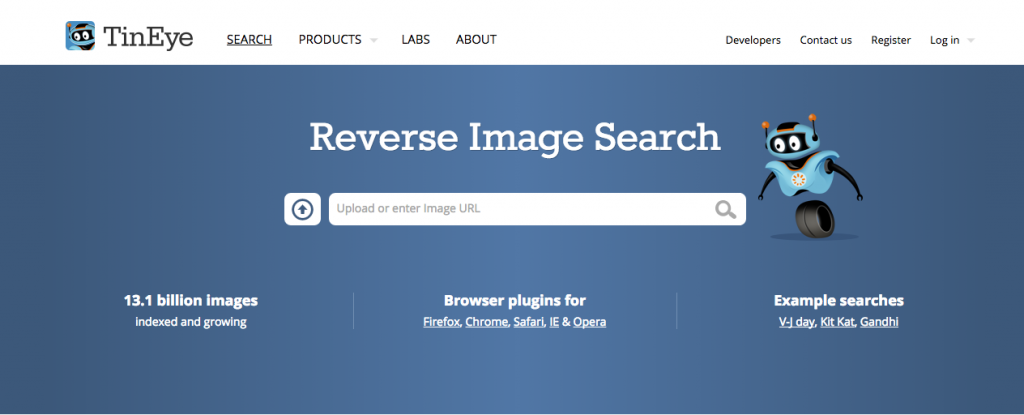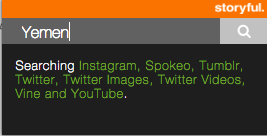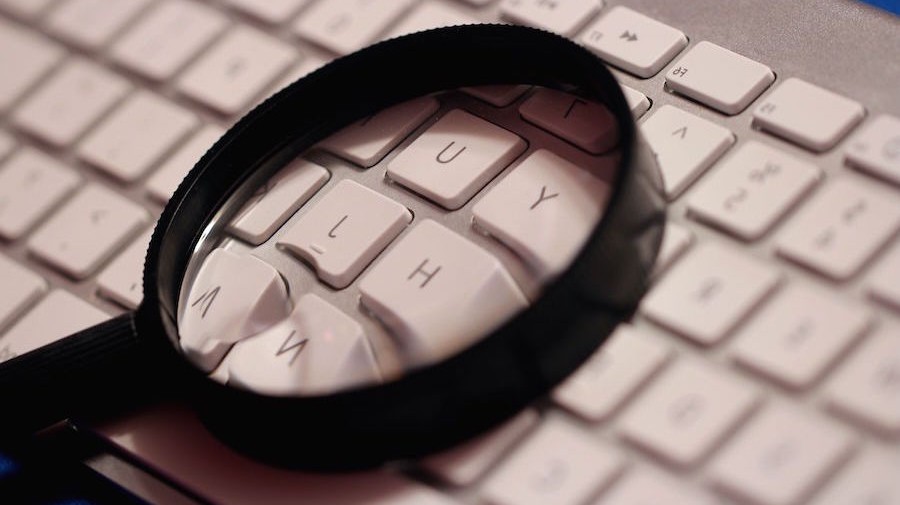One of the best ways to enjoy an Eliot Higgins workshop about how he uses open source information to verify details about the shooting down of flight MH17, or other topics, is to turn your back on him and look at the audience.
Eliot will calmly yet speedily take people through a workflow that incorporates analyzing satellite images, YouTube videos, Instagram posts, military equipment databases, shoe size calculators — and on and on — to help answer a single question about, say, a specific munition.
As he breaks down his method, smiles begin to creep across faces in the audience. The smiles then shift to looks of astonishment as they process how this one person can use all of these tools and techniques to answer what may seem like a very difficult or obscure question.
Some might walk away thinking that verification always involves this kind of master-class level knowledge. Sometimes it does, but most of the time it begins with a series of simple, relatively quick checks that help a journalist probe and test a piece of information. What you find will then help you decide how much deeper you need to go.
In just 20 minutes you can do an initial four checks that can yield important information about a piece of digital content, be it a news story, image, video or something else.
Check the source
What’s the bio of the person who shared the content? What else do they tend to share? Have others shared the same content earlier? If you’re looking at an article or other kind of online document, look at the site it’s published on, and what it is attributed to. Then follow any links back to sources until you can find the place where it originated.
One truth of the online world is that so many things are aggregated, stripped, replaced, retweeted etc, that the first thing you need to do is figure out where that piece of information originated.

Reverse image search all images
Use TinEye or Google Reverse Image Search to see where else that image has appeared online. Old images are often re-shared in the wrong context. Photos of people are often repurposed in misleading ways. Check the images. This takes little time, especially if the image is new and therefore not all over the web.
Search names/handles across networks and sites
 Take the name of the person and their account name and search for it across social networks and in Google. See if you can find other profiles. See if the site that published a piece of content has a reputation online and who is behind it. A good tool to help with this is Storyful Multisearch.
Take the name of the person and their account name and search for it across social networks and in Google. See if you can find other profiles. See if the site that published a piece of content has a reputation online and who is behind it. A good tool to help with this is Storyful Multisearch.
Search for similar content
Who else is reporting this or sharing? Can you find other credible sources? Do they have first hand information? Read other articles, search with relevant keywords on social networks and see if what you see aligns with the information you’re examining.
If you spend five minutes on each of the above, you’ll be able to get an initial sense of what key questions you have about the content, and what concerns require you to dig deeper.



